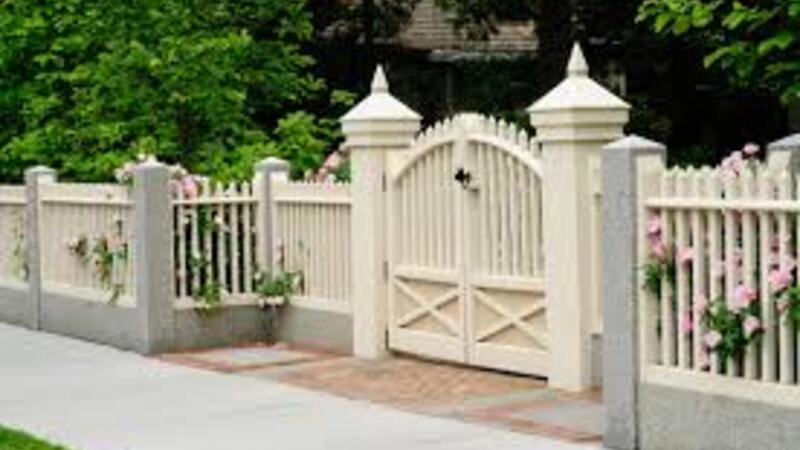How to Choose the Best Fence for Your Home
Selecting the right fence for your property can enhance privacy, security, and curb appeal. Whether you’re considering wooden, aluminum, or living fences, understanding their benefits will help you make an informed decision. In this guide, we’ll explore the advantages of each type to help you choose the perfect fencing solution.
Wooden Fences: Classic and Versatile
1. Timeless Appeal
Wooden fences offer a natural, classic look that complements various architectural styles. They’re ideal for creating a warm, inviting atmosphere around your property.
2. Customizable Options
Wooden fences come in a range of designs, including:
Picket Fences: Great for enhancing charm and marking boundaries.
Privacy Fences: Provide seclusion and noise reduction.
Split Rail Fences: Perfect for defining rural properties or large yards.
3. Affordable and Eco-Friendly
Wood is a cost-effective and sustainable material, especially when sourced responsibly. Its affordability makes it a popular choice among homeowners.
4. Maintenance Tips
To ensure longevity, require regular care such as staining, sealing, and repairing damaged sections. Proper maintenance prevents rot and insect damage.
Aluminum Fences: Durable and Stylish
1. Low Maintenance
Aluminum fences are highly durable and require minimal upkeep. Unlike wood, they don’t rot, warp, or need frequent painting.
2. Versatile Designs
Aluminum fencing is available in various styles and finishes, making it suitable for:
Pool Enclosures: Ensures safety while maintaining visibility.
Decorative Fences: Adds elegance without compromising on functionality.
Security Fences: Provides robust protection with a sleek appearance.
3. Weather-Resistant
Aluminum is resistant to rust and corrosion, making it a smart choice for areas like Charleston, where humidity and coastal conditions are common.
4. Long-Term Value
Though the upfront cost may be higher, the durability and low maintenance requirements of aluminum fences make them a cost-effective option over time.
Living Fences: Eco-Friendly and Unique
1. Natural Aesthetics
Living fences, created using hedges, shrubs, or vines, offer a green and natural way to enclose your property. They blend seamlessly into the environment, adding a lush visual appeal.
2. Functional and Versatile
Living fences serve multiple purposes, such as:
Privacy Hedges: Dense growth for blocking views.
Windbreaks: Protects your yard from strong winds.
Decorative Trellises: Supports climbing plants for added charm.
3. Environmental Benefits
Living fences improve air quality, support local wildlife, and help with soil retention. They’re an excellent choice for environmentally conscious homeowners.
4. Care and Maintenance
These fences require regular pruning and care to maintain their appearance and effectiveness. However, the result is a vibrant, eco-friendly boundary for your property.
Key Factors to Consider
1. Purpose
Determine your primary goal:
Enhanced privacy
Increased security
Improved aesthetics
2. Budget
Consider both initial installation costs and long-term maintenance expenses.
3. Local Climate
In Charleston’s Tri-County area, factors like humidity and salt air should influence your choice of fencing material.
4. HOA Guidelines
Ensure your fence design complies with local regulations or homeowners’ association rules.
Backlinks
For professional installation and high-quality materials, trust to provide expert fencing solutions tailored to your needs. Based in Charleston, they offer services that cater to a variety of fencing styles and requirements.
Conclusion
Choosing the right fence for your home is about finding the perfect balance between style, functionality, and budget. Wooden fences offer timeless beauty, aluminum fences deliver durability, and living fences provide eco-friendly charm. By considering your specific needs and partnering with a professional fencing company, you can create a fence that enhances your property and meets your goals.See more



